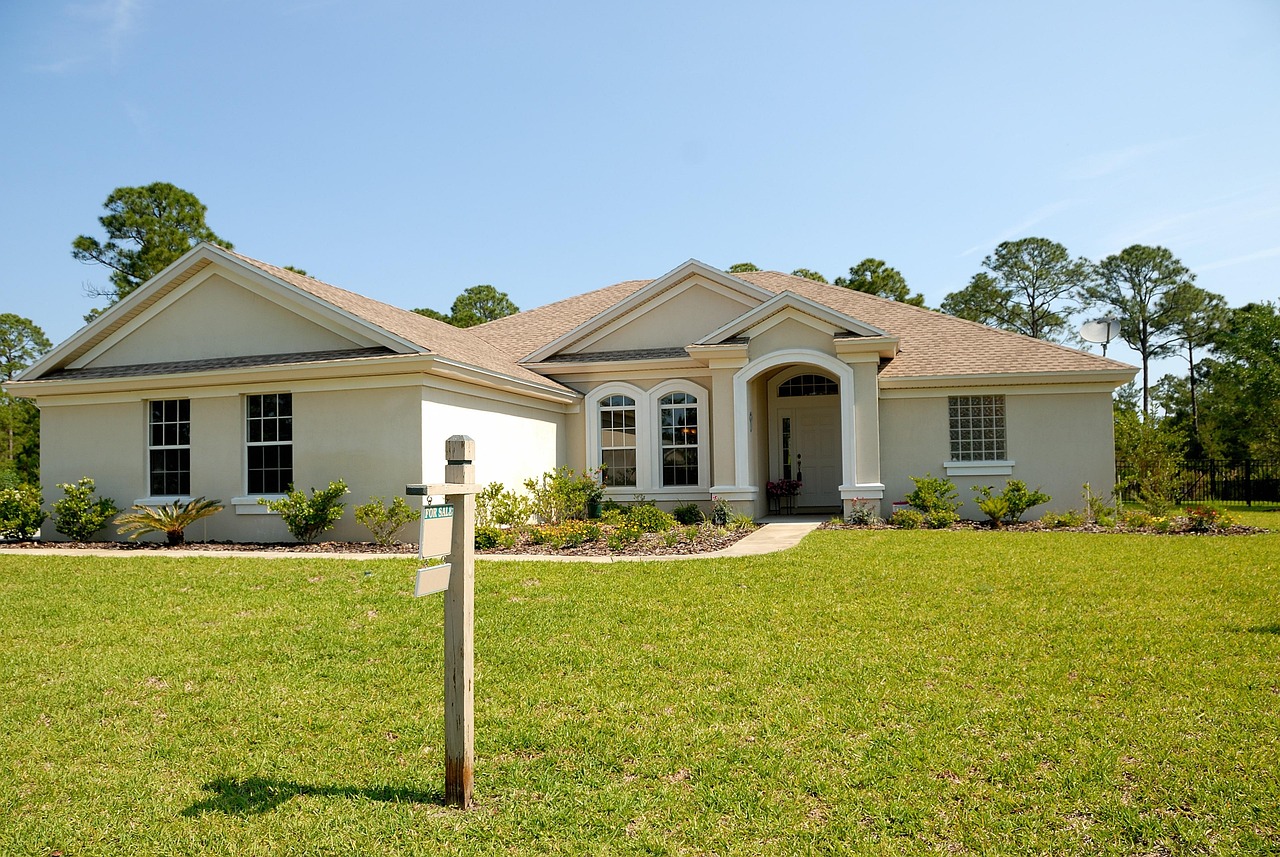A custom home builder specializes in designing and constructing homes tailored to the specific needs and preferences of the homeowner. They provide a personalized approach that allows clients to adapt layouts, upgrade finishes, and create spaces that reflect their unique lifestyle. This level of customization offers flexibility beyond typical production homes, making it a popular choice for those seeking a balance between functionality and personal expression.
Custom home builders often coordinate with architects, engineers, and other experts to ensure every detail meets the client’s expectations. From initial design concepts to final construction, they manage the process to deliver a home that aligns with both vision and budget. Understanding the builder’s role helps potential homeowners make informed decisions about their building project.
Understanding Custom Home Building
Custom home building involves careful planning, expert collaboration, and multiple stages from design to construction. Each step shapes the unique qualities of the home and ensures it meets the specific needs of the homeowner.
What Sets a Custom Home Builder Apart
A custom home builder creates residences tailored to the client’s exact specifications. Unlike production builders who use pre-designed plans, custom builders focus on individual preferences, site conditions, and unique architectural details.
They manage everything from securing permits to coordinating subcontractors, ensuring craftsmanship aligns with the client’s vision. Their role includes problem-solving challenges specific to each site and adapting designs to meet budget and regulatory requirements.
This specialization means clients receive a home that reflects their lifestyle, personal style, and functional demands, rather than a standard model.
Key Phases in the Custom Home Process
The custom home process typically begins with site preparation, which includes clearing, grading, and ensuring utilities access. Next comes the design phase, where architectural plans are drafted, adjusted, and approved.
Construction follows, including foundation work, framing, systems installation, and finishing. It demands close supervision to maintain schedule and quality standards.
The process concludes with final inspections and walk-throughs to confirm that all specifications are met. Delays can occur but advance planning helps keep milestones on track.
| Phase | Key Activities | Duration |
| Site Preparation | Clearing, grading, utilities setup | 1-2 weeks |
| Design | Drafting, revising, approvals | 4-8 weeks |
| Construction | Building structure, installing systems | Several months |
| Final Inspection | Quality checks, client walk-through | 1 week |
Selecting the Right Architect and Designer
Choosing an architect or designer is critical for translating ideas into buildable plans. Homeowners should look for professionals with experience in custom homes and a style that matches their vision.
Clear communication and collaboration are essential to align design with budget and regulatory codes. Reviewing portfolios, client feedback, and certifications provides insight into their capabilities.
A good architect balances creativity with practicality, addressing site constraints and energy efficiency. Working with an integrated design-builder team can further streamline the process by combining design expertise with construction knowledge early on.
Choosing a Custom Home Builder
Selecting the right custom home builder is critical to ensuring quality, staying within budget, and meeting deadlines. Key factors include a builder’s experience and portfolio, contract transparency and pricing clarity, and their approach to communication and project management.
Evaluating Portfolio and Experience
Reviewing a builder’s past projects helps gauge their skill and style. Experienced builders are familiar with local codes and construction challenges, reducing risks of delays and errors.
Look for diversity in their portfolio that matches your vision. Check if they have worked on homes similar in size, design, and complexity.
Request references and visit completed homes when possible. Positive feedback on craftsmanship and adherence to timelines indicates reliability.
Experience usually correlates with problem-solving ability. Builders who have managed a variety of custom projects tend to navigate unforeseen issues more smoothly.
Contract Considerations and Pricing
A transparent contract protects both parties and clarifies the scope of work, budget, and timelines. It should detail materials, finishes, and allowances to avoid surprises.
Ensure pricing is itemized—cost of labor, materials, permits, and contingencies should be clear. This allows easier comparison between builders.
Payment schedules should align with project milestones, not arbitrary dates. This ensures work quality is verified before payment.
Look for clauses that address change orders and dispute resolution. These prevent costly arguments and delays if project needs evolve.
Verify the builder’s warranty and after-sales support, which reflect confidence in their work and provide future protection.
Client Communication and Project Management
Frequent, clear communication minimizes misunderstandings. The builder should provide regular updates through preferred channels like email, calls, or meetings.
A dedicated project manager facilitates coordination between subcontractors, suppliers, and the client. This role is key to meeting deadlines and quality standards.
Ask about their process for handling delays or design changes. Transparent communication about issues builds trust.
Builders who use project management tools or apps offer enhanced oversight and faster response times.
Ultimately, the builder’s willingness to listen and adapt ensures the client’s vision guides the entire building process.


